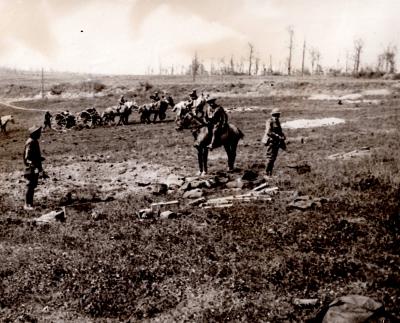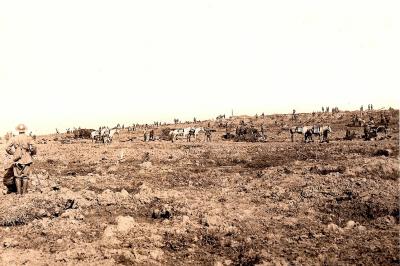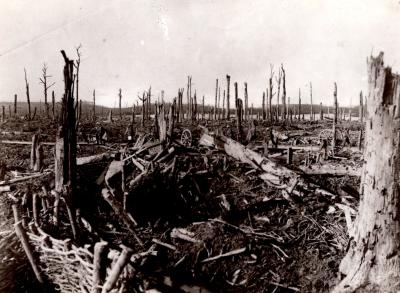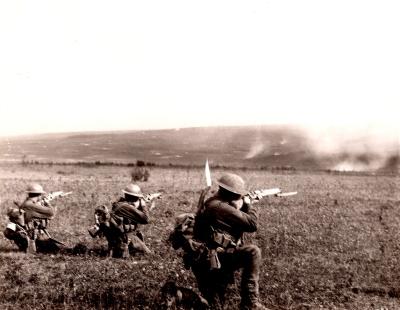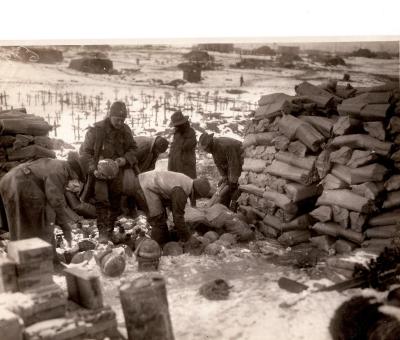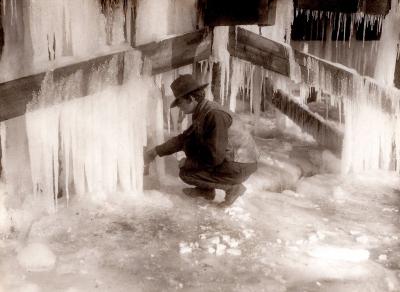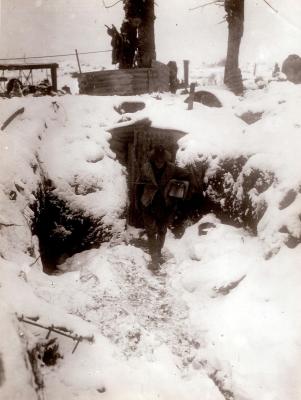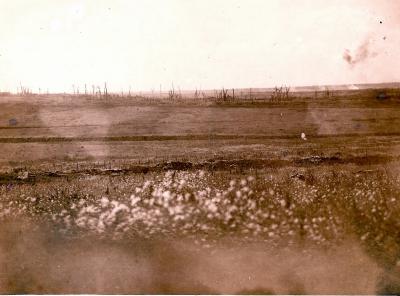World War 1, Europe, Artillery Horses, 1917
1917Soldiers observing a team of dead horses in harness. The constant effort of moving guns forward to remain in action brought gun teams within the range of enemy guns. Casualties were frequent with up to 800 horse casualties per day being recorded.
Different types were suited to different military roles. Riding horses were used in the cavalry and as officers’ mounts. Draught horses switched from pulling buses to hauling heavy artillery guns or supply wagons. For example, the main British artillery weapon of the war - the 18-pounder - could be quickly maneuvered around the battlefield with a crew of ten men and six horses. By 1917, the British Army (including Empire and Dominion units) employed over 368,000 horses on the Western Front. The vast majority of these were draught or pack animals rather than cavalry horses. Over 130,000 Australian horses were shipped overseas for war service.
Details
Details
The purple poppy is now worn to remember animals that have been victims of war.on 11 November, Remembrance Day, with the traditional red poppy and also on 24 February, ithe National Day for War Animals in Australia, which commemorate the deeds and sacrifices of animals in war.
Australian Army Museum of Western Australia
Australian Army Museum of Western Australia
Other items from Australian Army Museum of Western Australia
- World War 1, Europe, 1917
- World War 1, Europe, 1917
- World War 1, Europe, 1917
- World War 1, Europe, 1918
- World War 1, Europe, 1918
- World War 1, Europe, 1918
- World War 1, Europe, France, Western Front, Pozieres, 1917
- World War 1, Europe, 1918
- World War 1, Europe, France, Western Front, Pozieres, 1917
- World War 1, Europe France Pozieres, 1918
- World War 1, Europe, France, Western Front, Pozieres, 1918
- World War 1, Europe France La Boiselle, 1916
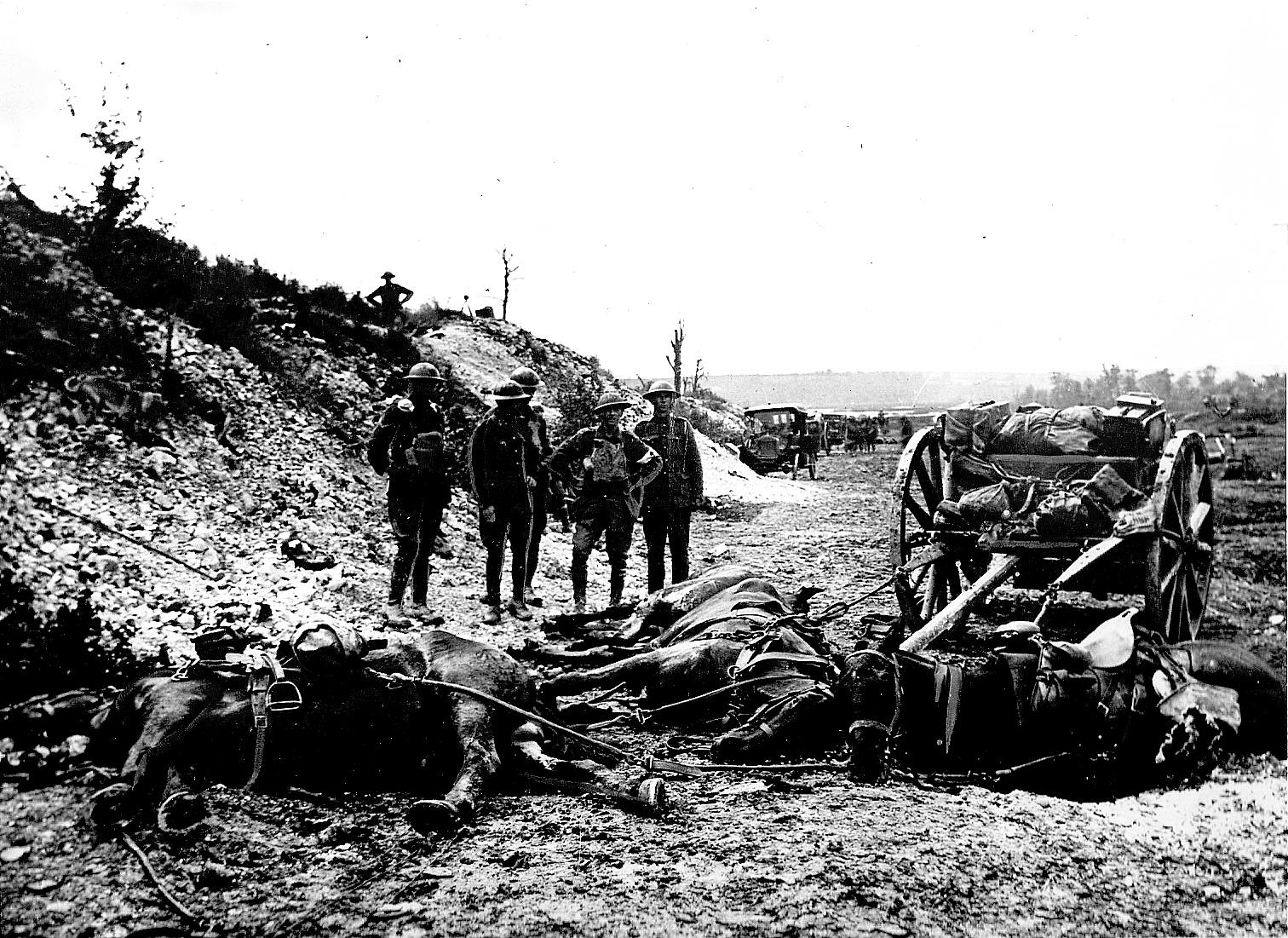
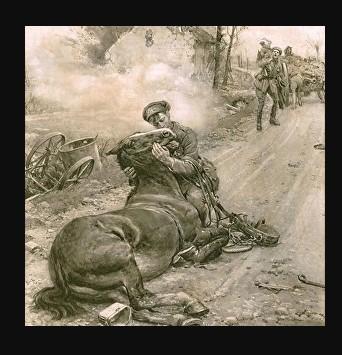
Scan this QR code to open this page on your phone ->

